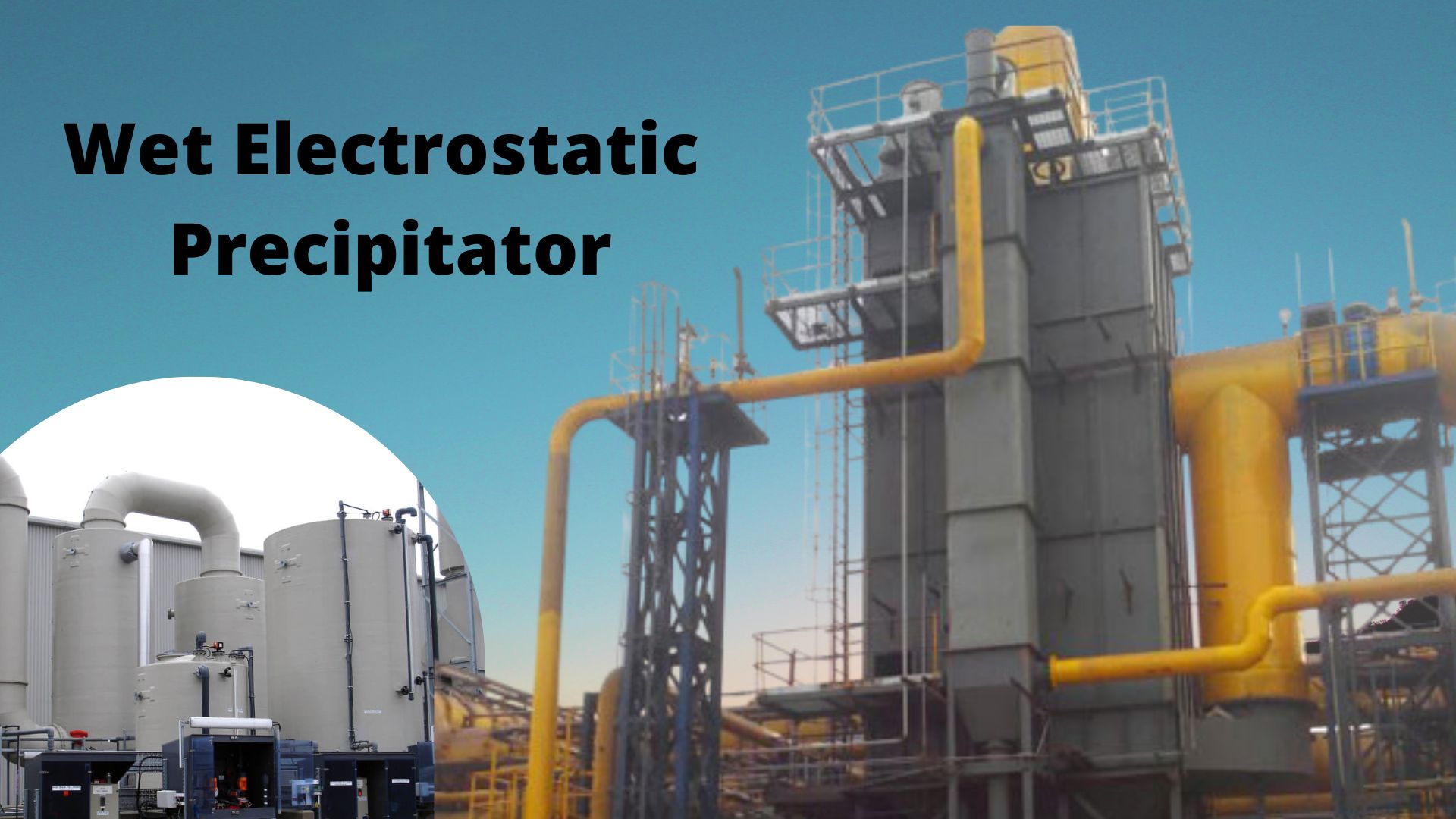An electrostatic precipitator (ESP) is a device that uses electrostatic forces to remove particulate matter from a gas stream. ESPs are used in a wide variety of applications, including power generation, steelmaking, and cement production.
ESPs work by using high-voltage electrodes to ionize the gas stream. The ions are then attracted to oppositely charged collection plates, where they are deposited. The collected particulate matter can then be removed from the collection plates for disposal.
ESPs are very efficient at removing particulate matter from gas streams and can have removal efficiencies of over 99%.
Top Uses of Electrostatic Precipitator
An electrostatic precipitator is an important device that can be used in a variety of settings to remove particulates from the air. In many cases, it is used in industrial settings to remove smoke and other pollutants from the air before they are released into the atmosphere. This can help to improve air quality and protect the environment. Additionally, electrostatic precipitators can also be used in homes and office buildings to remove allergens and other particulates from the air. This can improve indoor air quality and reduce the risk of respiratory problems for those who are sensitive to airborne particles.
Difference between Dry and wet Electrostatic Precipitator
There are many industrial applications where it is necessary to remove particulate matter from a gas stream. An electrostatic precipitator (ESP) is one type of device that can be used for this purpose. ESPs work by charging the particulate matter in the gas stream and then collecting it on oppositely charged plates.
There are two main types of ESPs: dry and Wet Electrostatic Precipitator. Each type has its own advantages and disadvantages, so the choice of which to use depends on the specific application.
Dry ESPs are typically used in applications where the gas stream contains relatively little moisture. This is because the moisture can interfere with the charging process and cause the particulate matter to be less effectively collected. Dry ESPs are also more effective at removing smaller particulates, so they are often used when it is necessary to achieve a high degree of filtration.
Conclusion:
On the other hand, Wet Electrostatic Precipitator is better suited for applications where the gas stream contains a significant amount of moisture. The moisture actually helps to charge the particulate matter, making it easier to collect. Wet ESPs are also better at removing larger particulates, so they are often used when lower levels of filtration are sufficient.



